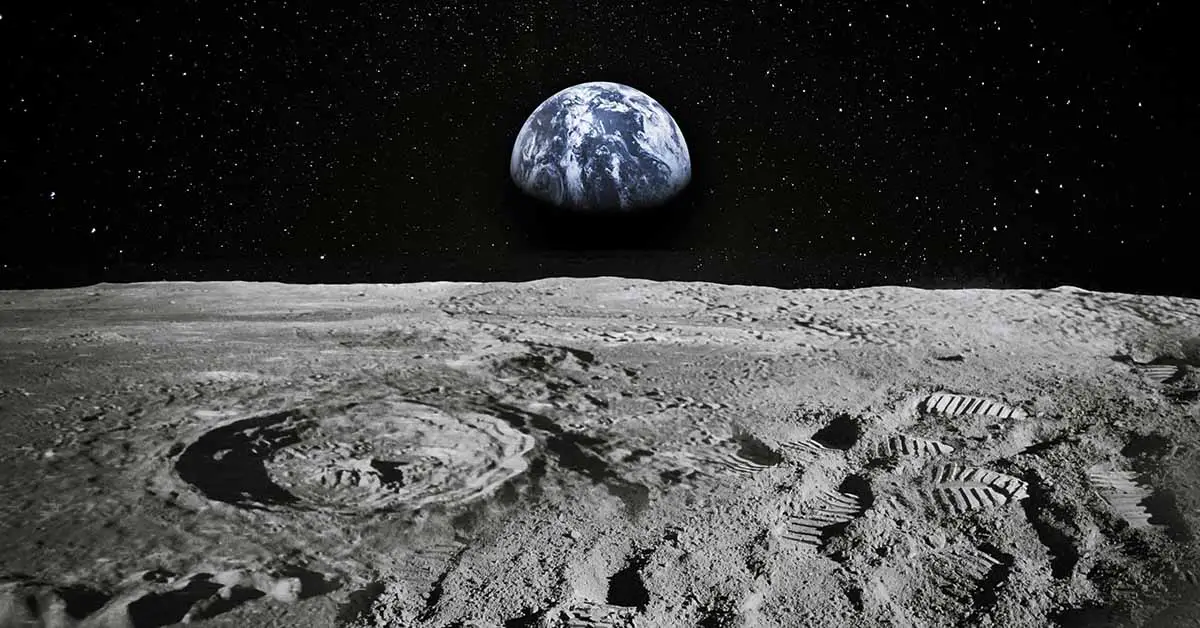Numerous variables impact the environment and relationship between Earth and the rest of space. Therefore, it’s no wonder scientists are closely monitoring any significant changes. Although we strive to care for the environment, some variables are entirely out of our control. One variable that may not sit well with the general public, is something called “Moon Drifting”.
Moon Drifting Causes Skepticism
Scientists have discovered that each year, the moon has been drifting away from Earth. The phenomenon has taken place for more than 2 billion years, so the concern or threat is not immediately clear. As a result, the discovery has created a lot of questions. Some express concern regarding the Sun or time. Or how Moon drifting impacts oceans. Others may wonder how scientists even know about Moon drifting.
Helpful Tools
While pollution plays a role in the health of our planet, some aspects of climate change are naturally occurring and completely out of our control. Fortunately, there is scientific evidence that shows we may not be in immediate danger. First, it’s important to note that in 1969 NASA‘s Apollo Missions were not just historical. The missions would prove incredibly useful to future scientists. This is because the astronauts also installed reflective panels allowing scientists to track certain cycle changes. There are 5 panels in total. Each is made of 100 “corner cubes” to reflect light back to any direction. The panels have provided insight, allowing scientists to determine that Moon drifting occurs at around 3-4 centimeters per year.
Discovering Orbital Cycles
On the other hand, Milutin Milankovitch proposed a theory in 1972, just years after the Apollo Missions, postulating the theory of Orbital Cycles. Now referred to as “Milankovitch cycles“. The cycles are naturally occurring such as weather patterns that affect things like the seasons and crop cycles. Furthermore, expressing how climate change has been impacted by Moon drifting. Currently, the cycles change over thousands of years and affect the climate over long periods of time. Therefore, we will continue to see subtle changes such as longer days. However, we likely won’t see detrimental effects until much later, possibly thousands or billions of years later.
Because these cycle shifts, including Moon drifting, significantly alter Earth’s surface, they’ve played a role in the migration of flora and fauna, as well as oxygen levels in the ocean. One cycle in particular directly relates to the distance between the Earth and the moon. Although the current duration is every 21,000 years, the cycle was shorter when the Earth and Moon were closer together.
Other Methods of Research
Researchers from Utrecht University and the University of Geneva collaborated, using several techniques to track information regarding the Solar System’s history. While the panels have provided great insight, some of the most valuable information can be found within Earth’s crust. Examples include Karijini National Park and Joffre Falls, both located in Australia and house billions of years’ worth of sediment. The layers of red-brown iron alternate darker softer layers and thinner layers described as blue-grey.
Moon Drifting Has occurred for Years
Noting the sediment found in Australia may have been deposited in the same ocean as the South African Rocks the results also showed “multiple scales of cyclical variations” according to one source. Simply put, scientists studied the rocks and found deposits in some areas were made at intervals of every 11,000 years. They then determined that because the cycles show a significant time difference from our current 21,000 years, Moon drifting has occurred. Next, they calculated the distance between Earth and the Moon going back to nearly 2.5 billion years ago to determine the Moon was almost 40,000 miles closer to Earth than it is now.
Moon Drifting Makes Longer Days
Most people have noted a shift within the last 20-30 years. Winters are colder, and summers are hotter than previously recorded years. However, that’s not the only change science has noted regarding Moon drifting. Days are longer, throughout the cycle changes our days have shifted from a recorded 17 hours a day, to our current 24 hours a day. Based on the evidence it seems that time will only be affected in that our days will likely continue to become longer.
Impacts on the Oceans
Oceans and the Moon have a close working relationship. Therefore, changes in the tide are notable during full and new moons. With that in mind, Moon drifting has visibly impacted the tides with the help of gravity. Gravity is an invisible force on Earth that pulls us toward the Earth’s center, keeping us on the ground. That same gravitational pull exists from the Moon and pulls harder at the waters. Thereby, creating stronger waters on the side of Earth that is closest to the Moon throughout Earth’s rotation. The force of the Moon’s gravitational pull works against the force of the tides, creating more forceful and disrupted waves.
Magnum Addresses the Sun
Jeff Magnum explains, “evolution of the Earth/Moon system” shows, “with this rate of separation, in about 15 billion years the Moon will stop moving away.” He discloses that the Sun is estimated to enter its death phase, also called the Red Giant phase in 6 or 7 billion years. As a result, the sun will likely cause far greater problems, long before Moon drifting has any severe impact. Magnum also explains that mostly likely if the Moon broke away from Earth completely, it would likely become “drawn into the sun”.
Although scientists note the need for other reliable data and updated modelling approaches, the discoveries they have made show how vast and ever-changing the solar system, and the universe are. Moon drifting appears to be having a noticeable effect. However, we likely don’t need to panic about the effect, for a very long time. For the time being, we can enjoy longer days in our favorite seasons, and appreciate the variations of flora and fauna, that now exist in different places.
Sources
- “Our Moon has been slowly drifting away from Earth over the past 2.5 billion years.” Space. Margriet Lantink and Joshua Davies. October 17, 2022
- “What happens as the Moon moves away from the earth?” National Radio Astronomy Observatory. March 1, 2013.

